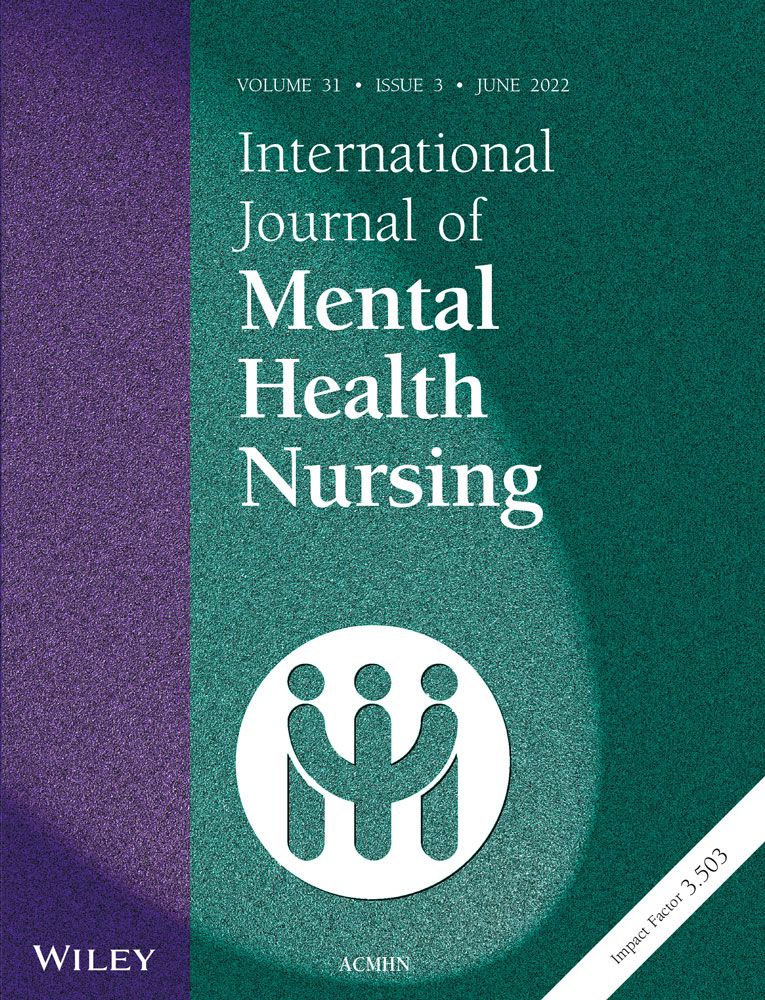Exploring mental health clinicians' perceptions of the Zero Suicide Prevention Initiative
Declaration of conflict of interest: One of the authors (Owen Connolly) works as a Suicide Prevention Clinical Lead at Latrobe Regional Hospital. He was not involved in data collection, and he participated in data analysis only after transcripts were de-identified. Despite this potential conflict of interest, the authors consider these findings to be an accurate representation of the research. The CEU was responsible for the data collection and analysis as an independent evaluator. De-identified interview transcripts were used in the process of data analysis working in partnership with the staff member from Latrobe Regional Hospital.
Authorship statement: The paper was co-authored by Joanne Porter (JP), Elissa Dabkowski (ED), Owen Connelly (OC), and Valerie Prokopiv (VP). JP, OC, and VP conceptualized and designed the study. ED and JP completed data collection, with VP assisting in checking the data for accuracy. JP, ED, and OC completed data analysis. ED and JP drafted the manuscript, with contributions by OC and VP. JP and ED finalized the manuscript. All authors have read and approved the final manuscript.
Abstract
Suicide continues to impact rural and regional families and communities across Australia and has become a key focus of healthcare, research, and government policy in recent years. The challenge for healthcare organizations is to translate policy visions and research for clinicians to effectively embed in day to day practice when supporting people who experience suicidal crisis. This study explored the introduction of an evidence-based Zero Suicide framework that includes a suicide prevention pathway and training package to a rural and regional community mental health team in Victoria, Australia. A qualitative semi-structured interview technique was used to explore the perceptions of mental health clinicians of the Zero Suicide approach, the training package and the barriers to inform its implementation across a specialist mental health service. Clinicians were complimentary of the intent of Zero Suicide and the training package and felt they had increased confidence in delivering suicide safe care. Four major themes were identified through thematic analysis: (i) Minimizing risk with realistic expectations; (ii) A good approach to making a difference; (iii) Lessons learnt; and (iv) Barriers to implementation needing to change culture. Overall participants identified the importance of continued regular suicide prevention training for all staff but also in tailoring it to different consumer and clinician needs. In addition, organizational structure and adequate staff resourcing were important to participants as was working within a safety culture.




